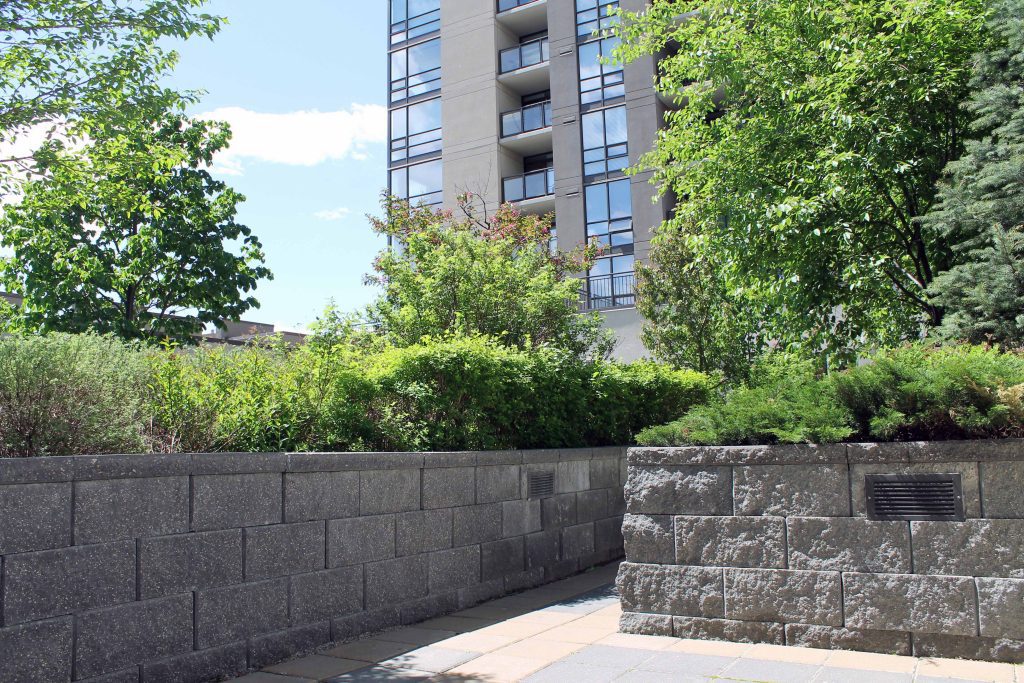The Rise of Green Roofs: A Sustainable Solution for Urban Buildings in Pakistan

Introduction
As cities in Pakistan grow denser and taller, urban planners and developers are looking toward innovative green infrastructure to improve environmental quality and livability. Among the most promising solutions is the green roof—a living, breathing rooftop system that blends nature with architecture. Projects like Falaknaz Greens, One Beverly, and The Mega Mall are beginning to incorporate green roofs as part of their sustainability strategy, offering a glimpse into the future of urban real estate.
Green roofs are more than just a visual enhancement. They represent a functional shift toward energy efficiency, water management, and environmental consciousness—making them essential for sustainable development in Pakistan’s urban centers.
What Is a Green Roof?
A green roof, also known as a living roof, is a rooftop covered with vegetation planted over a waterproofing membrane. It typically includes:
A drainage layer
Soil or a growing medium
Vegetation (grasses, herbs, shrubs, or even small trees)
Optional irrigation and root barrier systems
Green roofs can be extensive (lightweight and low-maintenance) or intensive (heavier, more landscaped, and usable).
Why Green Roofs Matter in Pakistan
Pakistan’s cities, especially in urban hubs like Karachi and Lahore, are:
Facing rising temperatures due to the urban heat island effect
Dealing with poor air quality and limited green spaces
Struggling with inefficient water and energy systems
Experiencing rapid real estate verticalization
Green roofs offer a multifaceted solution to these problems by transforming unused rooftops into productive, green environments.
Key Benefits of Green Roofs
1. Temperature Regulation
Green roofs act as natural insulators. At One Beverly, for instance:
Rooftop gardens reduce heat absorption in summer
Interiors stay cooler, cutting down air conditioning use
Energy bills drop while comfort improves
In a climate like Pakistan’s, this translates to significant energy savings and reduced environmental impact.
2. Stormwater Management
Urban areas often struggle with poor drainage. A green roof helps by:
Absorbing rainwater
Slowing runoff during heavy rains
Reducing the burden on municipal drainage systems
For projects like The Mega Mall, this means less flooding and waterlogging, especially during monsoon season.
3. Improved Air Quality
Plants naturally filter pollutants and capture dust particles. In congested urban areas:
Green roofs can reduce smog and airborne toxins
They contribute to a cleaner and healthier atmosphere
Residents enjoy better overall wellness
Falaknaz Greens, known for promoting eco-conscious living, incorporates this benefit to enhance resident health and sustainability.
4. Urban Biodiversity
Rooftop gardens can attract:
Birds
Bees and pollinators
Butterflies and other beneficial insects
This helps maintain urban biodiversity and brings a touch of nature back into city life, supporting ecological balance.
5. Noise Insulation
Vegetation layers on green roofs naturally absorb sound. In commercial spaces like The Mega Mall:
Noise pollution is reduced for upper floors
Retail and office environments are more peaceful
Tenant satisfaction and property value improve
6. Aesthetic and Social Appeal
A green roof can be used as:
A recreational terrace
A café garden
A community vegetable patch
An event space or yoga deck
At One Beverly, integrating rooftop greenery into the design not only boosts market appeal but also creates a premium, resort-like experience for residents.
Developer Considerations for Green Roofs
While green roofs offer many benefits, they require:
Proper waterproofing and drainage
Structural support for added weight
Regular maintenance and seasonal care
Professional design and plant selection
Still, the long-term rewards—both environmental and financial—far outweigh the initial setup cost.
Green Roofs and ESG Goals
Real estate developers and investors are increasingly focused on ESG (Environmental, Social, and Governance) standards. Green roofs contribute to:
Reducing carbon footprint
Supporting community health
Meeting global sustainability benchmarks
Attracting green funding or tax incentives
Projects like Falaknaz Greens that incorporate green roofs are more likely to be recognized as forward-looking, responsible investments.
Government and Regulatory Support
To promote green roofing, authorities in Pakistan can:
Offer tax credits for eco-friendly construction
Mandate green roofing for high-rise buildings
Provide technical guidance and public awareness programs
Integrate green roof policies in city master plans
As more urban areas struggle with climate stress, green roof adoption may shift from a trend to a regulatory requirement.
Final Thoughts
Green roofs are no longer a novelty—they are a sustainable necessity. In a rapidly urbanizing country like Pakistan, turning rooftops into green spaces offers a practical path toward healthier, more livable cities.
From the peaceful terraces of One Beverly to the energy-efficient rooftops of Falaknaz Greens and the multi-use greenery atop The Mega Mall, developers are showing that nature and urban living can—and must—coexist.


